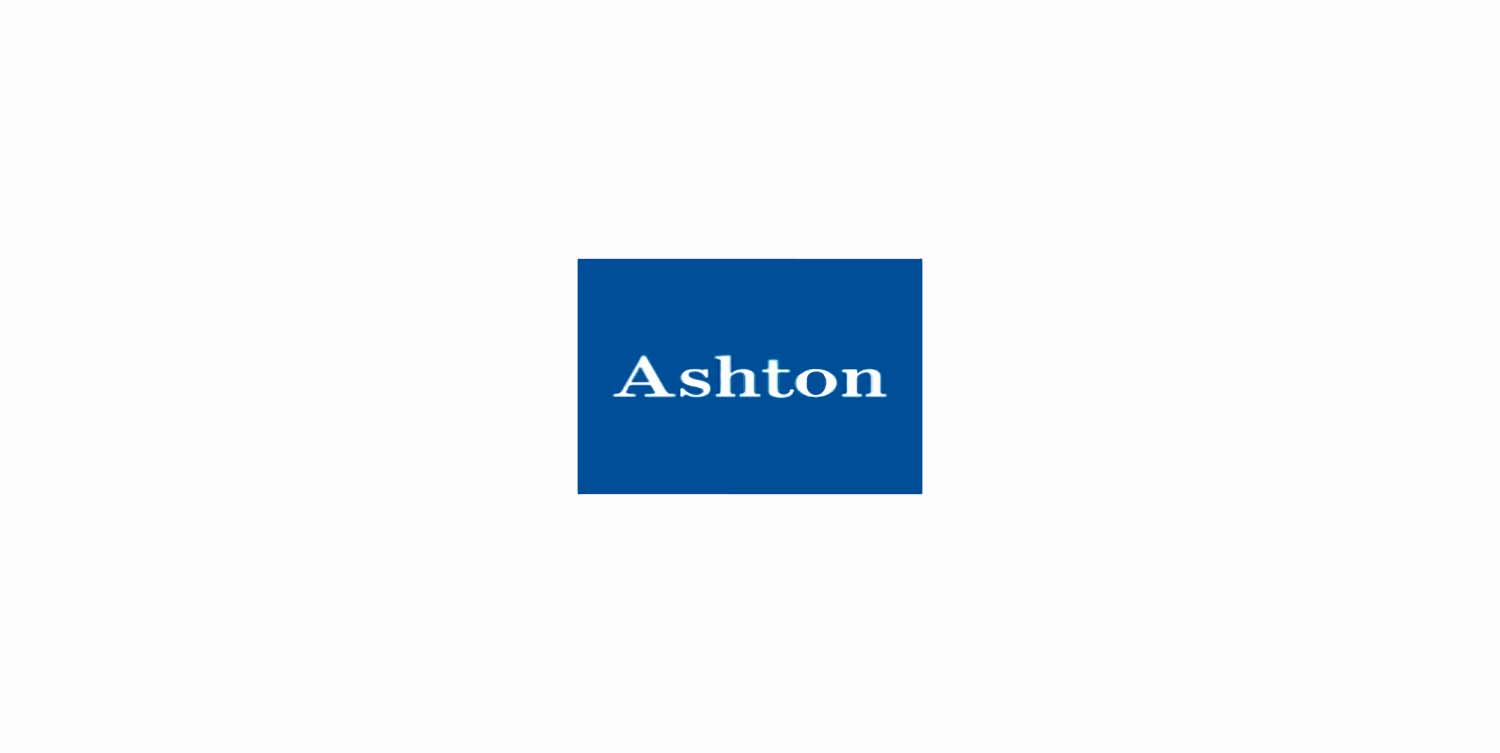Enter your email below to receive weekly updates from the Ashton College blog straight to your inbox.
By: Ashley Fazekas
Published On: August 24, 2022
Dyslexia is a very common learning disability known as a developmental reading disorder, affecting at least 1 in 10 children worldwide. It causes trouble reading accurately and fluently, and can also affect reading comprehension, spelling and writing. Children with dyslexia have a much harder time learning to read, as it takes away their ability to read quickly and automatically or find spoken words easily. It does not affect a child’s creativity or ingenuity, and it occurs in children with normal intelligence. Early intervention is, however, very important to catch this while children are still young in order to treat it effectively.
Phonological dyslexia. Also called dysphonetic or auditory dyslexia, people with this type have difficulty processing the sounds of individual letters and syllables and cannot match them with the written forms.
Surface dyslexia. Also called dyseidetic or visual dyslexia, this type is marked by difficulty recognizing whole words, which probably results from vision issues or visual processing difficulties in the brain. With trouble recognizing the words, these people may have a hard time learning and memorizing words.
Rapid naming deficit. With this type, a person would find it difficult to name a letter, colour, number, or object quickly and automatically. The processing speed is low and takes time to name them.
Double deficit dyslexia. A person with double deficit dyslexia shows deficits in both the phonological process and naming speed. The majority of the weakest readers fall under this category.

This approach to treating dyslexia was named after two psychologists named Samuel T. Orton and Anna Gillingham. Orton was a neuropsychiatrist and pathologist. He was a pioneer in focusing attention on reading failure and related language processing difficulties. He brought together neuroscientific information and principles of remediation. As early as 1925 he had identified the syndrome of dyslexia as an educational problem.
Gillingham was a gifted educator and psychologist with a superb mastery of the language. Encouraged by Dr. Orton, she compiled and published instructional materials as early as the 1930s which provided the foundation for student instruction and teacher training in what became known as the Orton-Gillingham Approach.
This approach is most often a one-on-one student-teacher instruction model, focusing on each child as an individual and tailoring instruction to suit them. This approach teaches the connections between letters and sounds, with the dominant focus being on reading, spelling and writing difficulties. It also pioneered the multi-sensory approach to teaching reading, and instructors use sight, hearing, touch, and movement to help students connect language with letters and words. For example, students might learn the letter p by seeing it, saying its name, and sounding it out while writing it with their fingers in shaving cream. Orton–Gillingham also helps students understand the rules and patterns in reading. With those skills, they’re better able to decode or sound out words.
The approach has been successfully adapted for use with students who exhibit difficulty with mathematics as well. The approach focuses on the learning needs of each individual student, and Orton-Gillingham practitioners design lessons and materials to work with students at the level they present, by pacing instruction combined with the introduction of new materials to their individual strengths and weaknesses directly and systematically. These students just need more help with sorting, recognizing and organizing the materials of language for thinking and use.
While this approach is often implemented for kids with dyslexia, breaking down language and reading into distinct skills can be beneficial for all students. Once a teacher trains and becomes certified in the Orton-Gillingham Approach, they can introduce various aspects of the Orton-Gillingham approach into any curriculum or classroom with students of all ages. As teachers and students evolve and continue to learn, Orton-Gillingham strategies remain flexible and can be adapted over time to promote continuous learning and problem-solving in every classroom. Ashton’s continuing education dyslexia course is a great introduction for anyone wanting to learn more about dyslexia and the Orton-Gillingham approach, whether you are a teacher, therapist, parent or relative of someone with dyslexia.
The information contained in this post is considered true and accurate as of the publication date. However, the accuracy of this information may be impacted by changes in circumstances that occur after the time of publication. Ashton College assumes no liability for any error or omissions in the information contained in this post or any other post in our blog.
The information contained in this post is considered true and accurate as of the publication date. However, the accuracy of this information may be impacted by changes in circumstances that occur after the time of publication. Ashton College assumes no liability for any error or omissions in the information contained in this post or any other post in our blog.
